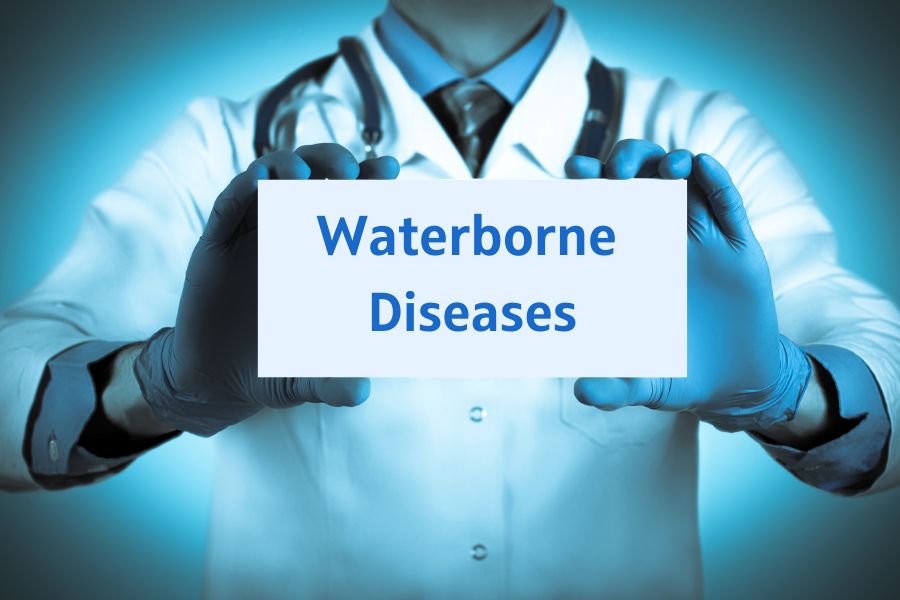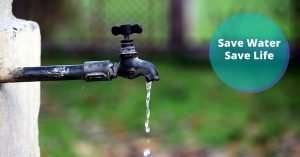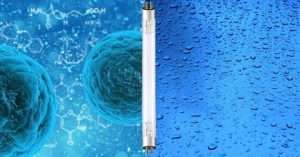Waterborne diseases are illnesses caused by microorganisms present in contaminated water. These diseases significantly threaten public health, especially in areas with inadequate sanitation and water treatment facilities. In this article, we’ll explore waterborne diseases, how they spread, different types of waterborne diseases, and effective ways to prevent them. By understanding these factors, we can work towards ensuring clean and safe water sources for everyone.
How do waterborne diseases spread?
Waterborne diseases are primarily transmitted through the consumption of contaminated water. Various factors, including sewage discharge, agricultural runoff, and natural disasters, can cause contamination. When people drink or come into contact with polluted water, they can get infected with these harmful microorganisms, leading to waterborne diseases. Waterborne diseases can also be spread through contaminated food, poor personal hygiene, and contact with infected individuals.
1. Contaminated water sources
- Sewage discharge
- Agricultural runoff
- Natural disasters
2. Modes of transmission
- Drinking contaminated water
- Contact with contaminated water
- Contaminated food
- Poor personal hygiene
- Contact with infected individuals
Read this also: What is effects of water pollution?
Waterborne Diseases List
Numerous waterborne diseases can affect people worldwide. Here, we will discuss some of the most common and dangerous ones.
1. Cholera
Cholera is an acute diarrheal illness caused by the bacterium Vibrio cholera. It is prevalent in regions with poor sanitation and limited access to clean water. If untreated, cholera can be fatal within hours due to rapid dehydration.
2. Typhoid fever
Typhoid fever is caused by the bacterium Salmonella Typhi. It spreads through contaminated food and water or close contact with an infected person. Symptoms include high fever, weakness, abdominal pain, and, in some cases, a rash.
3. Dysentery
Dysentery is an infection of the intestines resulting in severe diarrhea, often with blood and mucus in the feces. It can be caused by bacteria (such as Shigella) or parasites (like Entamoeba).
4. Hepatitis A
Hepatitis A is a viral infection that primarily affects the liver. It is transmitted through contaminated food or water and can cause fever, nausea, jaundice, and fatigue.
5. Giardiasis
Giardiasis is a parasitic infection caused by the protozoan Giardia lamblia. It spreads through contaminated water and causes diarrhea, abdominal cramps, and gas.
Waterborne diseases prevention
Preventing waterborne diseases involves adopting various measures to ensure water sources’ cleanliness and proper hygiene. Here are some ways to reduce the risk of waterborne diseases:
1. Water treatment and sanitation
- Boil or treat water before consumption.
- Install water purification systems in homes and communities.
- Promote proper waste disposal and sewage treatment practices.
2. Personal hygiene
- Wash hands regularly with soap and clean water before eating or preparing food.
- Avoid touching your face with unwashed hands, particularly your mouth, and nose.
- Use hand sanitizers when soap and water are not available.
3. Food safety
- Cook food thoroughly and store it at appropriate temperatures.
- Wash fruits and vegetables with clean water before consumption.
- Avoid eating food from unreliable sources, such as street vendors, in areas with a high risk of waterborne diseases.
4. Public awareness and education
- importance of clean water and proper sanitation.
- Educate communities about water treatment methods, hygiene practices, and food safety.
5. Government policies and initiatives
- Implement policies that prioritize access to clean water and sanitation facilities.
- Invest in infrastructure to improve water supply, sewage treatment, and waste disposal systems.
Conclusion
Waterborne diseases pose a significant risk to public health, especially in areas with limited access to clean water and sanitation facilities. By understanding how these diseases spread and the different types, we can take effective measures to prevent them. Prevention strategies include:
- Proper water treatment and sanitation.
- Maintaining good personal hygiene.
- Ensuring food safety.
- Raising public awareness and education.
- Implementing government policies and initiatives that prioritize clean water and sanitation.
By working together and taking these steps, we can help reduce the prevalence of waterborne diseases and protect our communities from their devastating effects. Waterborne disease prevention is crucial to ensuring a healthy and thriving population.
Read this also: India Drinking Water Standards Parameter Limits




